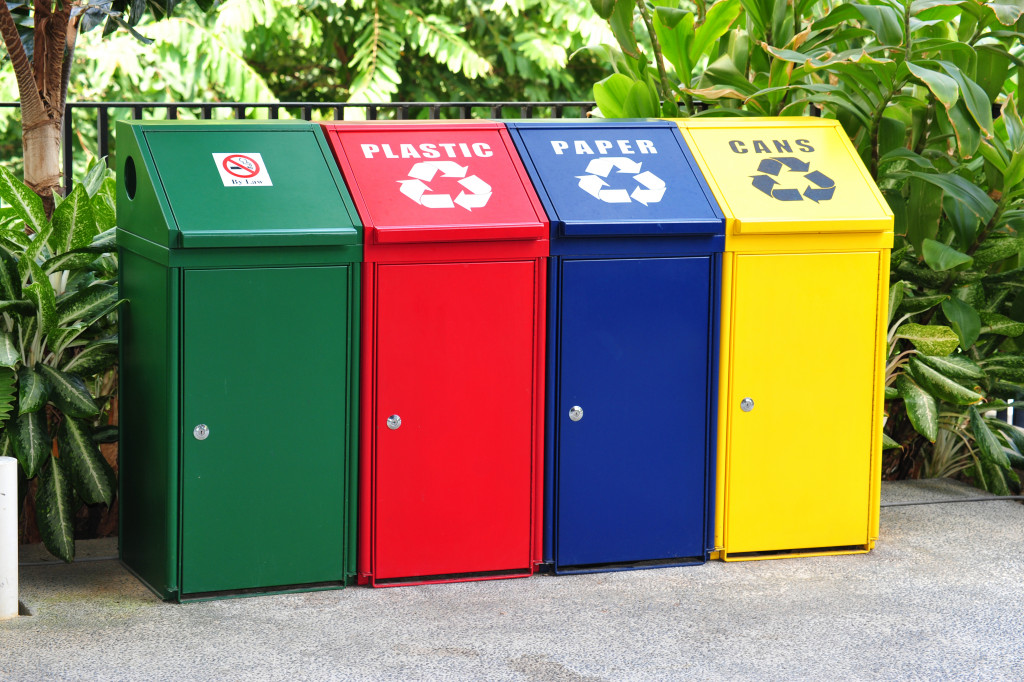In 2018, the United States generated 292.4 million tons of municipal solid waste (MSW), or around 4.9 pounds of waste per person per day. Only 69 million tons were recycled, and 25 million were composted. The figure shows that the country recycled or composted only around 94 million tons of MSW, with a 32.1 percent recycling rate.
However, there are ways to increase the country’s waste management efforts. One way is for businesses to practice zero waste management. The practice involves reducing waste production, reusing materials and products, and recycling items that can’t be reused.
The concept of zero waste in business is gaining traction as more and more companies realize the environmental and financial benefits associated with reducing their waste output. The good news is that businesses, both large and small, can make a real difference by implementing sustainable practices to reduce their waste.
Businesses can work with reputable rubbish removal services. The service should also segregate waste to ensure fewer waste materials go to landfills. It will also collect recyclable materials that can be reused in the future. Businesses should also develop a culture of sustainability to ensure that their practices become part of the company’s operations.
Reusing Materials
One of the most effective ways to reduce waste is to extend the life of materials used in production. Many businesses have implemented reuse programs where they recycle or refurbish materials instead of buying new ones each time. This not only reduces the amount of waste produced but can also save money in the long run. For example, ink cartridges can be refilled instead of thrown away after every use.
Reusing materials allows businesses to be more sustainable by using fewer materials overall. This positively impacts the environment and can save businesses money in the long run. It also communicates to customers that the company is committed to reducing its environmental footprint. Companies should strive to create products designed for longevity, so they can be used repeatedly instead of being thrown away.
In addition to reusing materials, businesses should also consider recycling and repurposing items when possible. This allows them to generate new products from existing materials, benefiting both the environment and the company’s bottom line. For instance, old furniture could be recycled into new pieces or upcycled into something.

Recycling Materials
Recycling is another key component of zero-waste business practices. Companies should look for ways to recycle materials that cannot be reused or repurposed. Businesses can easily dispose of recyclable materials like paper, plastic, glass, and aluminum cans by partnering with local recycling centers. In addition to reducing their waste output, businesses can often receive incentives from local governments for participating in these programs.
In some cases, businesses may also be able to recycle materials themselves. For example, wooden pallets can often be reused or recycled into mulch for landscaping. Batteries, electronics, and other hazardous materials should always be disposed of in an environmentally-friendly manner through a certified recycler.
Reducing Packaging
Many businesses generate a lot of packaging waste from the products they sell or ship out daily. To reduce this type of waste, companies should look into ways to reduce or eliminate packaging. For instance, some companies have started using reusable containers instead of single-use plastic bags or boxes when shipping products or supplies.
Businesses should also consider using eco-friendly packaging options like biodegradable bubble wrap and recycled cardboard boxes whenever possible. Additionally, businesses can reduce packaging waste by encouraging customers to return or reuse their packaging materials. For example, many companies now offer discounts or rewards for customers who bring back their containers and packaging materials.
By reducing the amount of packaging waste they generate, businesses can save money while helping the environment at the same time. Ultimately, reducing packaging is beneficial for both the environment and businesses alike.
Conduct Waste Audits
Conducting a waste audit can help you identify areas where your organization produces a large amount of waste. A waste audit involves sorting and analyzing your organization’s different types of waste materials. This process can provide valuable insight into the sources, composition, quantity, and disposal methods used for various types of waste. The results from a waste audit can be used to develop strategies for reducing waste and improving recycling efforts. Additionally, a waste audit may allow you to identify cost savings opportunities through improved waste management practices.
By reviewing your audit results, you can create action plans that address the different types of waste materials produced by your organization. For example, you could create an action plan to reduce the amount of paper used and increase recycling efforts if you find that a large amount of your organization’s waste is made up of paper.
Implementing sustainable practices does require an investment on behalf of the business. But it’s important to remember that reducing waste not only has environmental benefits but also financial ones as well over time. With a few simple changes and some dedication toward sustainability initiatives, your business can achieve a zero-waste goal while maintaining profitability.
